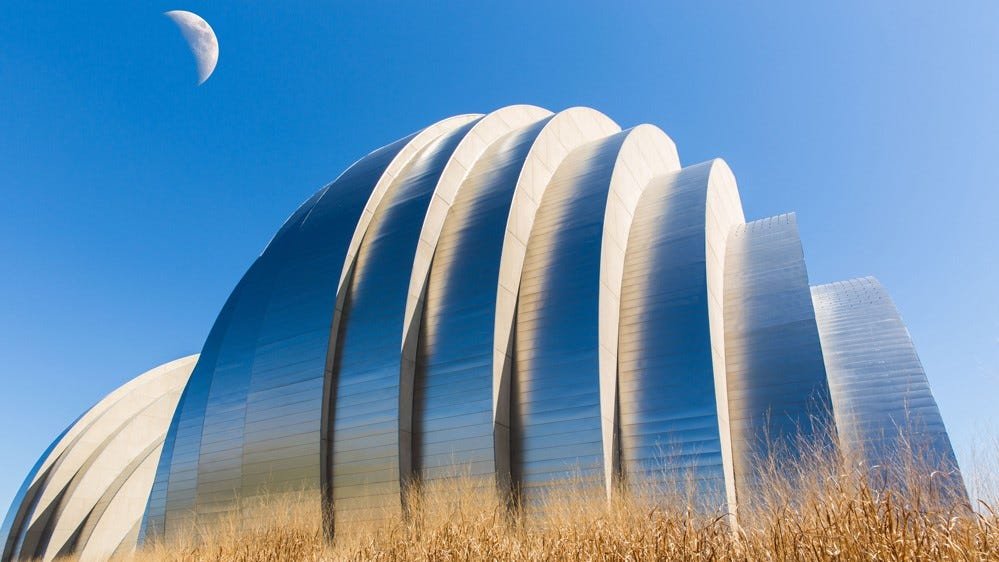Contemporary Architecture: Sustainable Design and High-Tech Architecture
- By -Peter
- Posted on
- Posted in Modern Architecture
Contemporary architecture represents the evolving practices of the 21st century, where innovation, sustainability, and technology converge to address the challenges of modern living. Two significant trends in contemporary architecture are sustainable design and high-tech architecture. These approaches prioritize environmental responsibility and the integration of advanced technologies to create efficient, resilient, and aesthetically pleasing structures. This article explores the principles, methodologies, and key examples of sustainable design and high-tech architecture.

Sustainable Design in Contemporary Architecture
Sustainable design aims to reduce the environmental impact of buildings by using energy-efficient systems, renewable resources, and eco-friendly materials. This approach addresses the pressing issues of climate change, resource depletion, and environmental degradation.
Principles of Sustainable Design
- Energy Efficiency: Sustainable buildings aim to minimize energy consumption through the use of energy-efficient systems, such as advanced insulation, high-performance windows, and HVAC (heating, ventilation, and air conditioning) systems. The integration of renewable energy sources, like solar panels and wind turbines, further reduces dependency on fossil fuels.
- Water Conservation: Effective water management is crucial in sustainable design. This includes rainwater harvesting, gray water recycling, and the use of water-efficient fixtures and appliances. Landscaping with native, drought-resistant plants also helps reduce water usage.
- Material Selection: Sustainable architecture emphasizes the use of materials that are recycled, reclaimed, or have low environmental impact. This includes locally sourced materials to reduce transportation emissions and innovative products such as bamboo, recycled steel, and low-VOC (volatile organic compound) paints.
- Indoor Environmental Quality: Enhancing indoor air quality and natural lighting improves the well-being of occupants. Sustainable designs often incorporate large windows, skylights, and natural ventilation systems to bring in fresh air and daylight, reducing the need for artificial lighting and mechanical ventilation.
- Waste Reduction: During construction and operation, sustainable buildings aim to minimize waste through recycling, reusing materials, and employing modular construction techniques. This approach not only conserves resources but also reduces landfill waste.
Key Examples of Sustainable Design
- The Edge, Amsterdam: Often cited as one of the most sustainable buildings in the world, The Edge incorporates a range of energy-efficient systems, including a smart grid, solar panels, and advanced building management systems. The building uses 70% less energy than traditional office buildings.
- Bosco Verticale, Milan: This residential project features two towers covered with trees and shrubs, creating a vertical forest. The vegetation helps reduce energy consumption by providing natural insulation and shade, while also improving air quality and biodiversity in the urban environment.
- Bullitt Center, Seattle: Known as the “greenest commercial building in the world,” the Bullitt Center is designed to be energy-positive, generating more energy than it consumes. It features a solar array, rainwater harvesting, and composting toilets.
High-Tech Architecture
High-tech architecture, also known as structural expressionism, emerged in the late 20th century and continues to influence contemporary architectural practices. This approach emphasizes the use of advanced technologies and industrial materials, showcasing the building’s structure and systems as integral components of the design.
Characteristics of High-Tech Architecture
- Exposed Structures and Services: High-tech buildings often display their structural elements and mechanical systems, such as steel frameworks, ductwork, and piping. This transparency celebrates the engineering and technological aspects of the building.
- Modular Construction: Prefabricated components and modular systems allow for flexibility, ease of assembly, and efficiency in construction. These techniques can reduce construction time and costs while maintaining high quality.
- Advanced Materials: The use of innovative materials, such as high-strength steel, glass, and composites, enables the creation of lightweight, durable, and adaptable structures. These materials often contribute to the building’s aesthetic appeal and functionality.
- Integration of Technology: High-tech architecture seamlessly incorporates advanced technologies, such as smart building systems, automation, and responsive facades. These technologies enhance the building’s performance, energy efficiency, and user experience.
Key Examples of High-Tech Architecture
- Lloyd’s Building, London: Designed by Richard Rogers, the Lloyd’s Building is a quintessential example of high-tech architecture. Its exterior showcases exposed structural elements and services, creating a futuristic and industrial aesthetic.
- Centre Pompidou, Paris: A collaboration between Richard Rogers and Renzo Piano, the Centre Pompidou features an “inside-out” design, with its structural and mechanical systems prominently displayed on the exterior. This innovative approach challenges traditional architectural conventions.
- Hearst Tower, New York: Designed by Norman Foster, the Hearst Tower combines a historic base with a modern, high-tech skyscraper. Its diagrid structure reduces the need for steel by 20%, while its advanced glazing system and rainwater collection enhance energy efficiency.
Conclusion
Contemporary architecture, through sustainable design and high-tech architecture, addresses the complex demands of modern society by prioritizing environmental responsibility and technological innovation. Sustainable design focuses on creating buildings that are energy-efficient, resource-conserving, and healthy for occupants, while high-tech architecture celebrates the integration of advanced technologies and materials. Together, these approaches are shaping the future of the built environment, creating structures that are not only functional and beautiful but also resilient and adaptable to the changing needs of our world.



